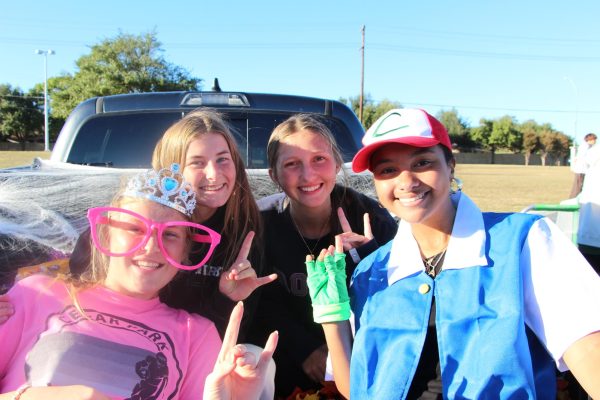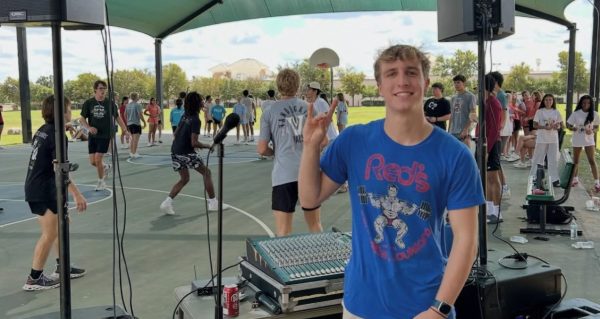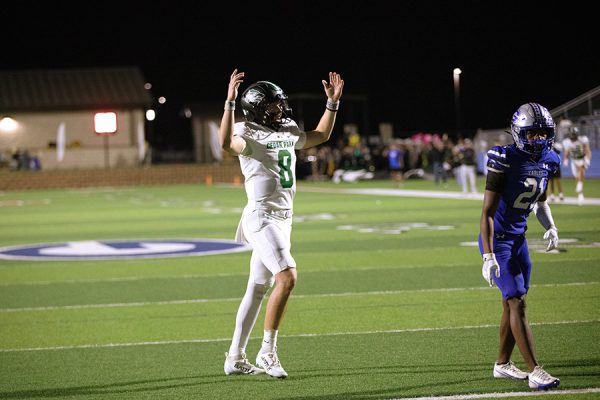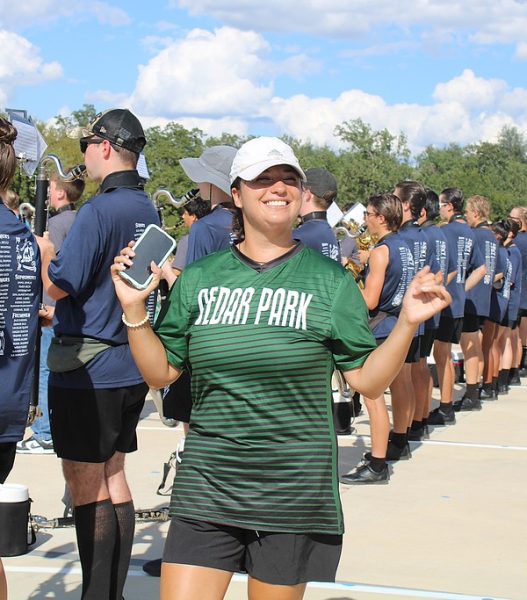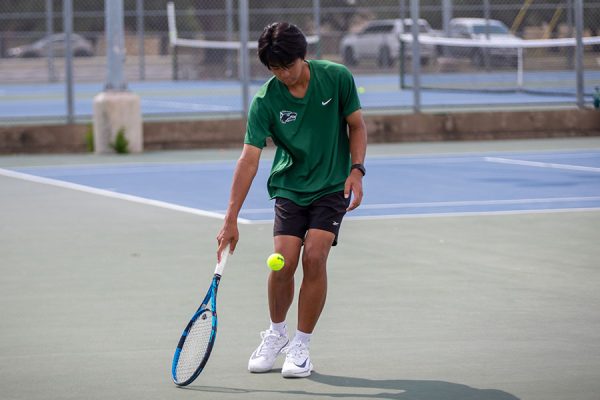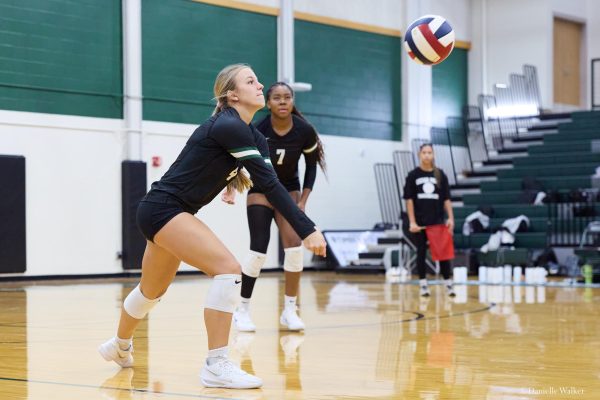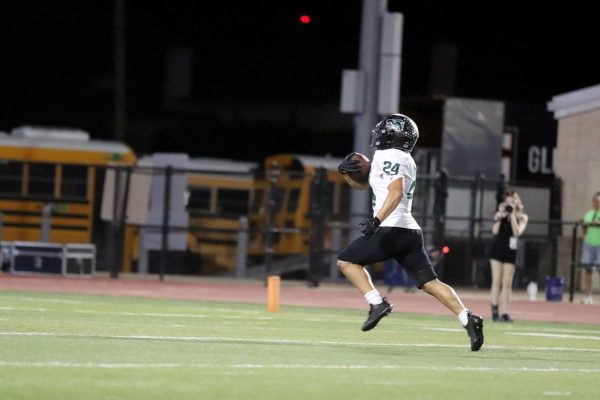A Learning Curve
Teachers Discuss New Experiences, Challenges, Adaptations
Teaching in her classroom, Pre-AP Algebra II and AP Statistics teacher Wendy Martinez adjusts back to in-person learning. The freshmen, children of faculty and students without internet access are the only students allowed back on campus, which means that there are only a few students present in each class, if none. “This experience will always be part of my teaching story,” Martinez said. “I will appreciate the ways it has pushed me out of my comfort zone and forced me to try new things. Some of those things I will keep with me no matter the situation. I have grown in patience with myself over this process. I have also recognized that building relationships with my students is what I value the most and that I really do miss all of those everyday opportunities to interact and laugh with my students.”
September 18, 2020
As students struggle with the transition to online schooling, some may not realize the impact it has had on teachers. Since the switch to virtual learning, teachers have adjusted their routines, put in many extra hours of preparation and made sure to keep students engaged despite various distractions.
One common issue teachers are struggling with is communicating through the screen, according to Pre-AP English II, AP Research and PSAT Team teacher Lauren Madrid. A student could be confused about the material being taught in class and not feel comfortable asking the teacher and not receive the help they need. Madrid also explained that teacher-student relations are important to one’s learning, and sitting behind a screen doesn’t allow for much personal interaction.
“Online [school] is harder because I can’t quickly help students that might be confused,” Madrid said. “In the classroom, I can tell who doesn’t quite understand the material by the look on his/her face. I can’t see that online – especially when they log off Zoom for flex time and don’t come back if they have a question. [Also,] I don’t have time online to have idle chit-chat with students. That banter is how I usually get to really know my students. I really miss that. Whole class and group discussions are definitely difficult.”
In addition, some teachers have had to slow down the pacing of their classes, even if advanced, and reformat their lessons. The constant screen time and absence of in-person feedback are hard, according to Pre-AP Algebra II and On-Level Statistics teacher Wendy Martinez.
“My lessons are shorter and our pacing is slower than usual,” Martinez said. “Students reveal a lot about their understanding through body language and facial expressions, [and] I feel like we are having to multitask in so many ways with the technology and running the show that it is hard to focus on the Zoom faces too.”
When teachers returned to campus Sept. 8, they had to adjust to the newly implicated regulations. Masks must be worn full-time, social distancing is strict and certain hallways are one-way. For some teachers, such as Algebra 1 and OnRamps Pre-AP Precalculus teacher Pam Martin, being at home was easier.
“I really enjoyed teaching virtually from home because I didn’t have to wear a mask,” Martin said. “I am a theater person and facial expressions are critical in my opinion, to virtual instruction. I [also] have asthma and other medical issues that make [going back to school] pretty scary for me, personally.”
Furthermore, teachers with kids of their own face issues at home. Their attention can be divided between assisting their own kids and teaching their students. Making sure that everyone is successful is tough to balance, according to Pre-AP and AP Chemistry teacher Christopher Cieri.
“I have two children, 8 and 10, and virtual learning has been incredibly challenging for them,” Cieri said. “It is nearly impossible for me to teach my students and also help my children with their online learning at the same time. Besides the challenge of needing to help my children, it is very difficult to intervene when students are struggling. In class, I can quietly help them while the other students keep working but over Zoom, people hear everything and it is tough to help struggling students unless they choose to come to a DEN or tutorials.”
Teachers have also noticed how the freshmen are handling the start of their high school career. According to Martin, she thinks that freshmen were expecting a more “normal” school versus what school is like now.
“[The freshmen] seemed a bit overwhelmed with the newness of the school and having to do Zoom from their desk,” Martin said. “Most of them had a setup that they’ve been using at home, just like me, and this is yet another round of ‘new’ for all of us. I am proud of my freshman, [and] most are trying to stay engaged, but are not used to being so ‘on their own.’”
However, teachers are doing their best to remain positive about the new school situation. Whether it be allowing students to find their own academic path in a class or seeing that teachers embrace their student’s newfound individuality, virtual school has proven to be memorable.
“This experience will always be part of my teaching story,” Martinez said. “I will appreciate the ways it has pushed me out of my comfort zone and forced me to try new things. Some of those things I will keep with me no matter the situation. I have grown in patience with myself over this process. I have also recognized that building relationships with my students is what I value the most and that I really do miss all of those everyday opportunities to interact and laugh with my students.”


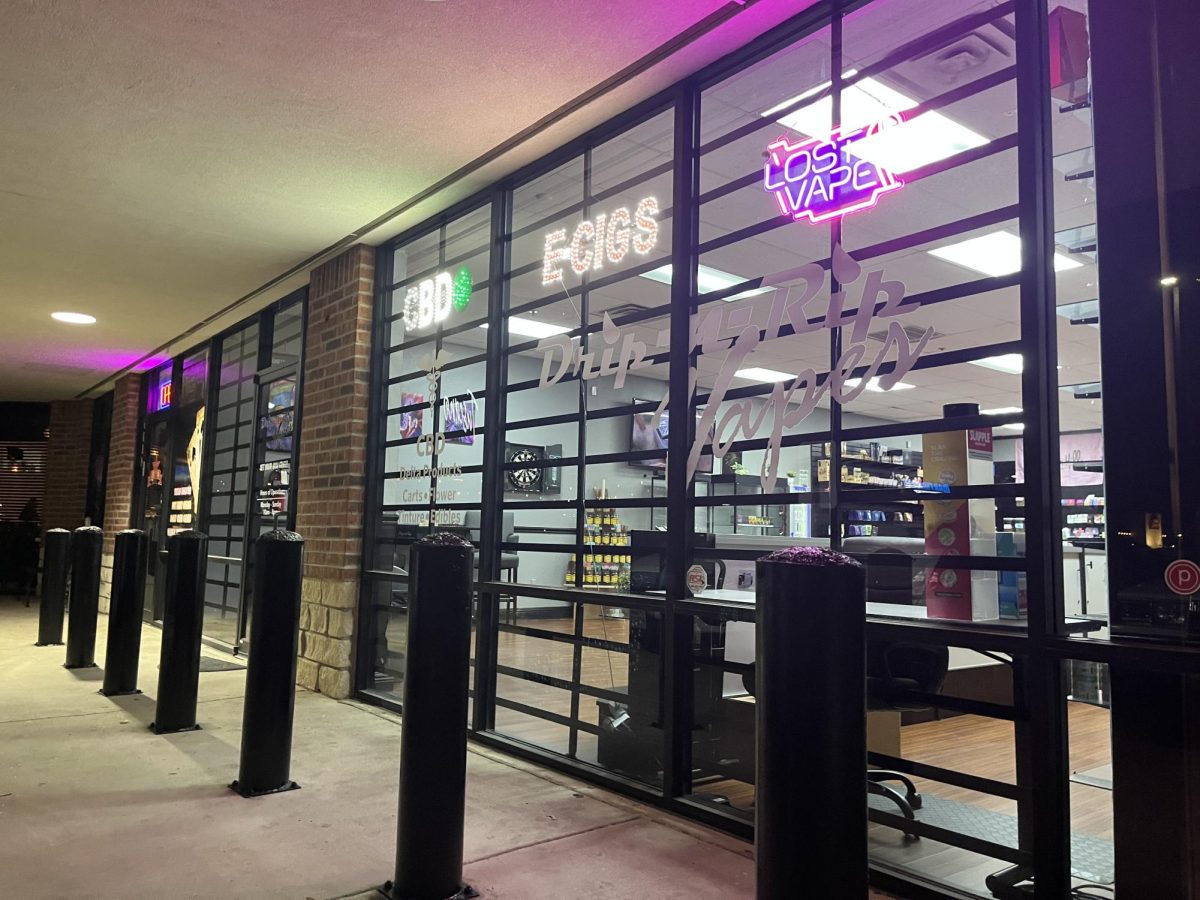

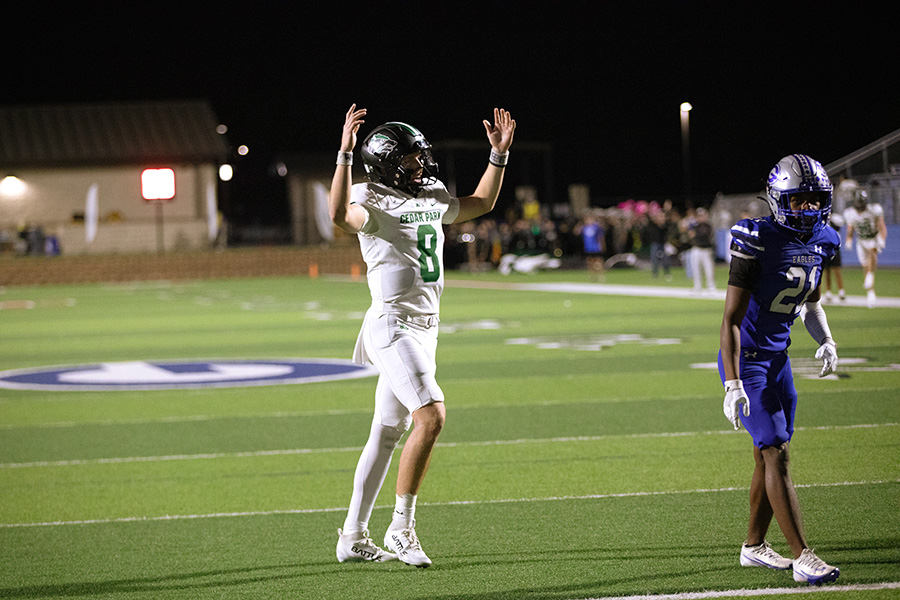

![Senior Jett Mckinney stores all the clothes in his own room, with half of it stored in his closet along with his personal clothes, and the rest taking up space in his room.
“There’s been times [when] there’s so much clothing stored here and it gets overwhelming, so I end up having to sleep somewhere else in the house,” Mckinney said.](https://cphswolfpack.com/wp-content/uploads/2025/11/DSC_0951-1200x800.jpg)
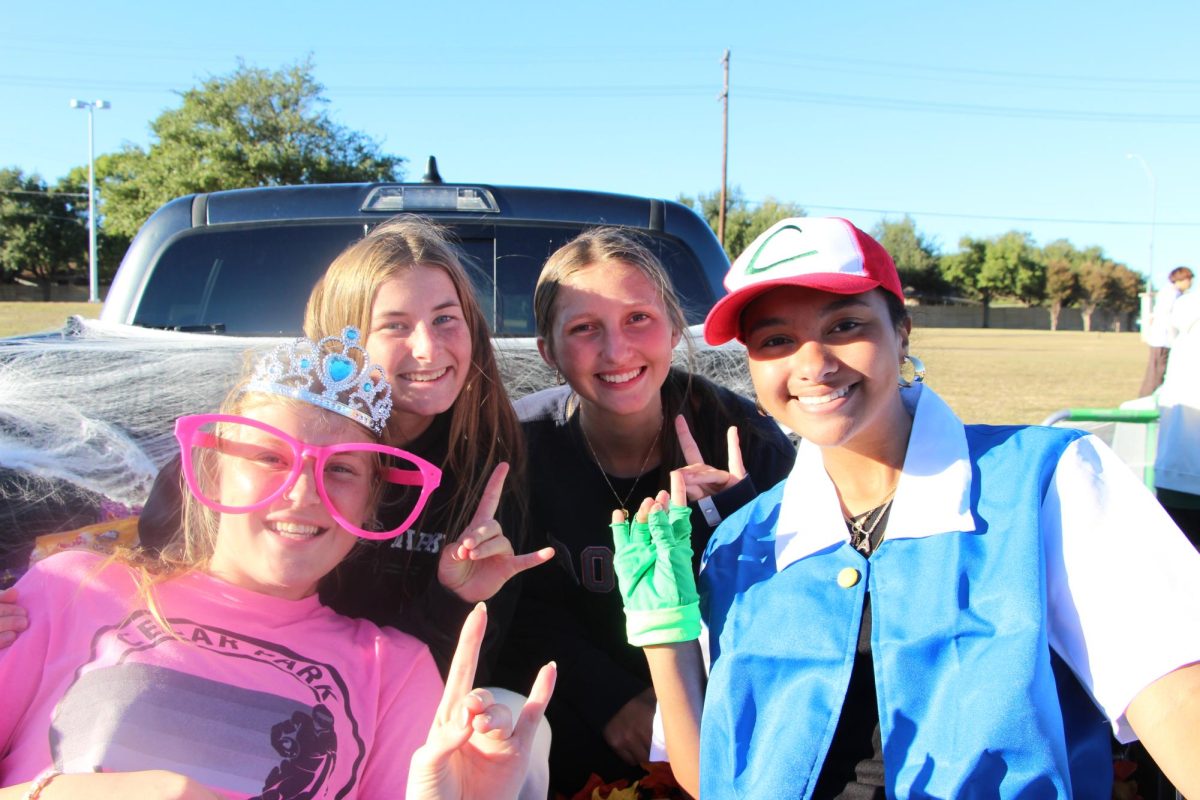
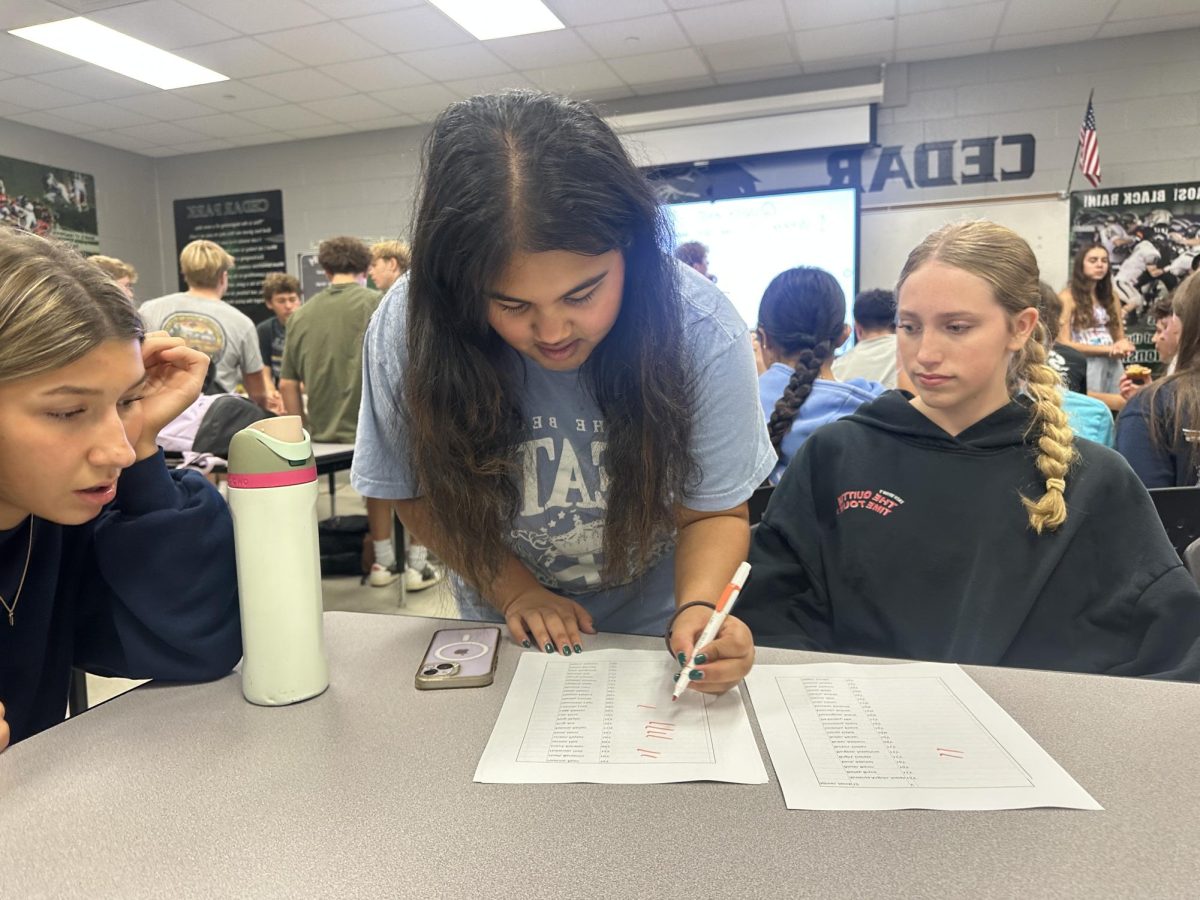

![Broadcast, yearbook and newspaper combined for 66 Interscholastic League Press Conference awards this year. Yearbook won 43, newspaper won 14 and broadcast took home nine. “I think [the ILPC awards] are a great way to give the kids some acknowledgement for all of their hard work,” newspaper and yearbook adviser Paige Hert said. “They typically spend the year covering everyone else’s big moments, so it’s really cool for them to be celebrated so many times and in so many different ways.”](https://cphswolfpack.com/wp-content/uploads/2025/05/edited-ILPC.jpg)

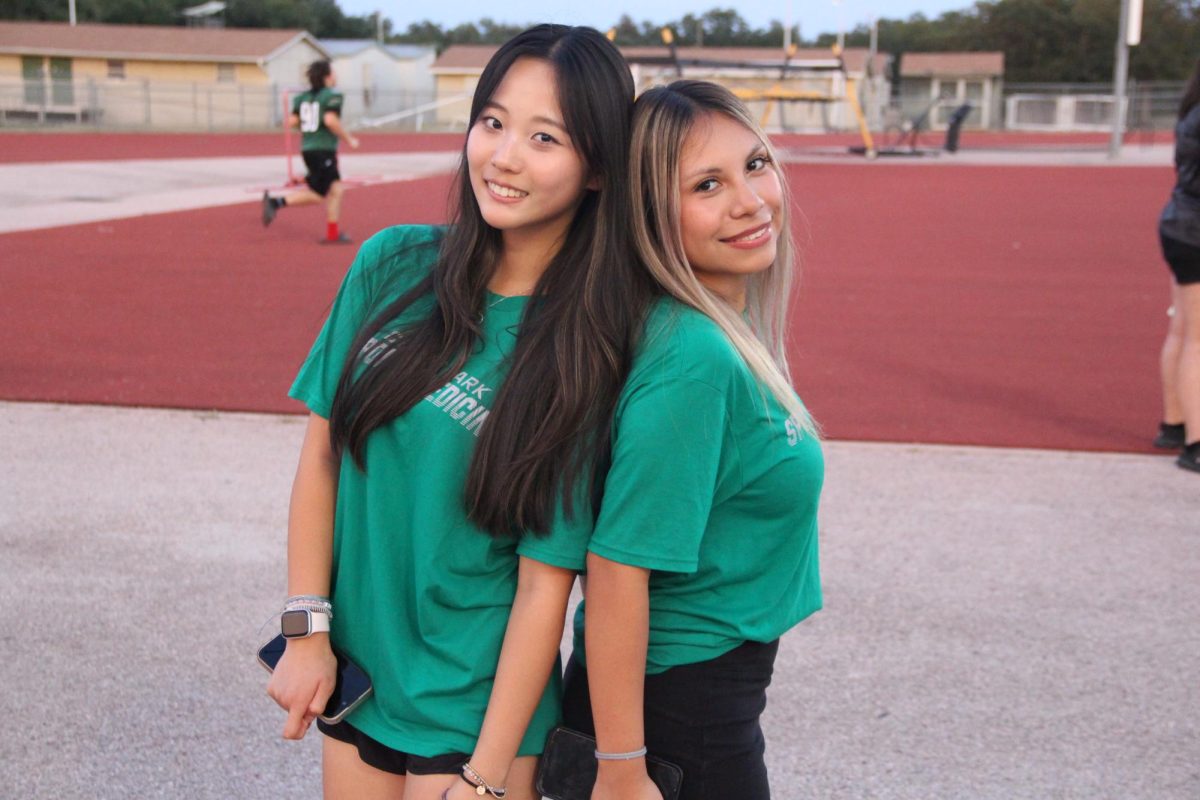


![Looking down at his racket, junior Hasun Nguyen hits the green tennis ball. Hasun has played tennis since he was 9 years old, and he is on the varsity team. "I feel like it’s not really appreciated in America as much, but [tennis] is a really competitive and mentally challenging sport,” Nguyen said. “I’m really level-headed and can keep my cool during a match, and that helps me play a bit better under pressure.” Photo by Kyra Cox](https://cphswolfpack.com/wp-content/uploads/2025/09/hasun.jpg)

![Bringing her arm over her head and taking a quick breath, junior Lauren Lucas swims the final laps of the 500 freestyle at the regionals swimming competition on date. Lucas broke the school’s 18-year-old record for the 500 freestyle at regionals and again at state with a time of 4:58.63. “I’d had my eye on that 500 record since my freshman year, so I was really excited to see if I could get it at regionals or districts,” Lucas said. “ State is always a really fun experience and medaling for the first time was really great. It was a very very tight race, [so] I was a bit surprised [that I medaled]. [There were] a lot of fast girls at the meet in general, [and] it was like a dogfight back and forth, back and forth.” Photo by Kaydence Wilkinson](https://cphswolfpack.com/wp-content/uploads/2025/03/Kaydence-2.7-23-edit-2.jpg)
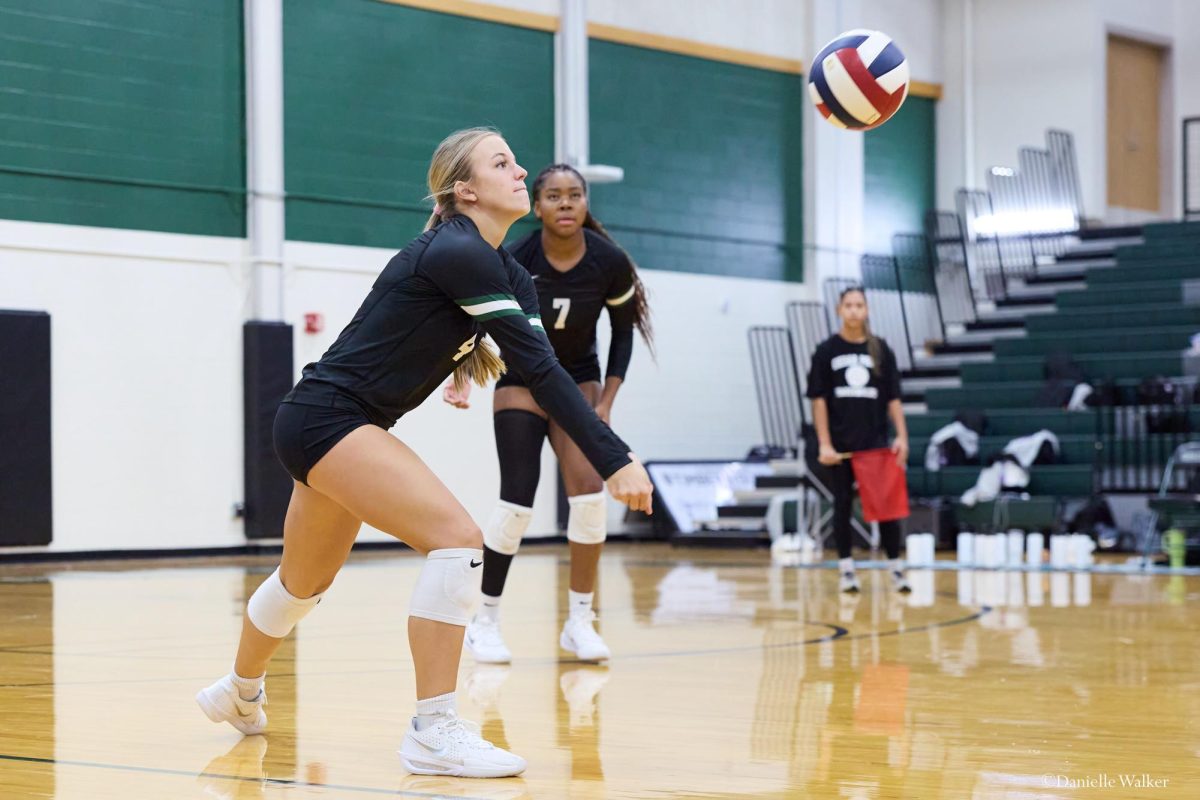
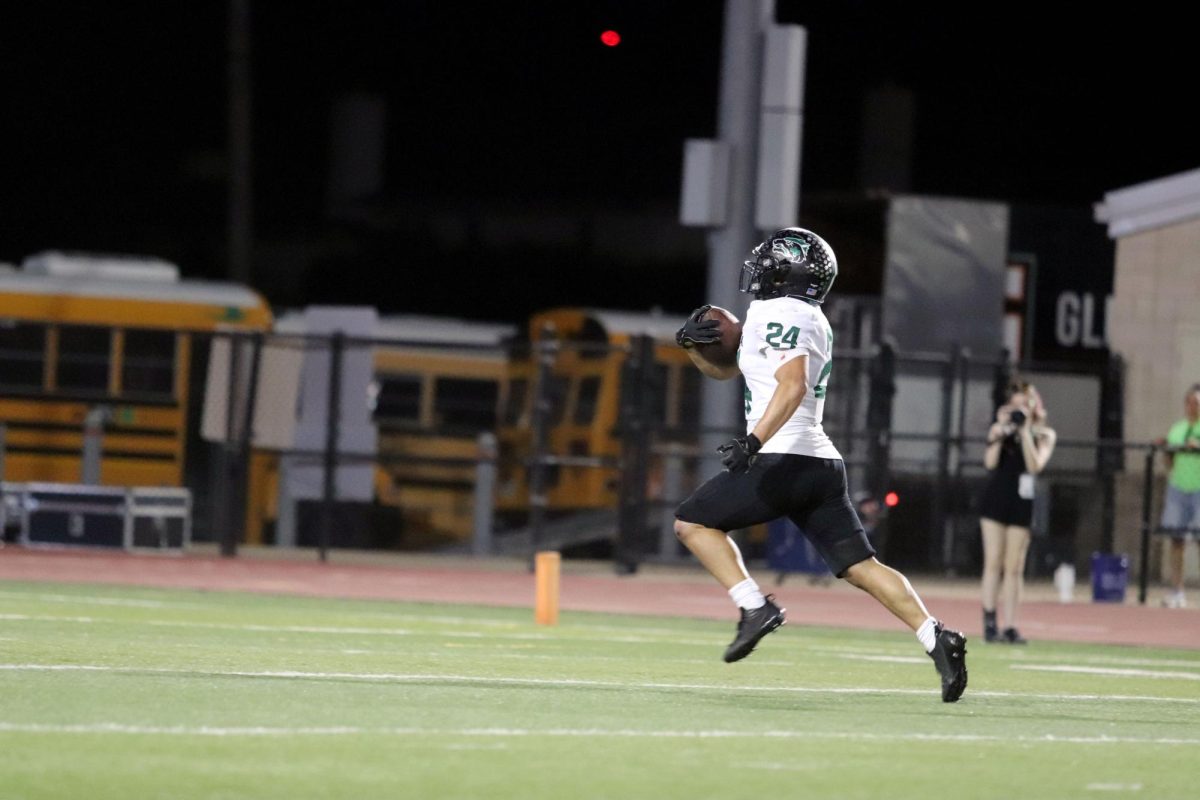
![As her hair blows in the wind, senior Brianna Grandow runs the varsity girls 5K at the cross country district meet last Thursday. Grandow finished fourth in the event and led the varsity girls to regionals with a third place placement as a team. “I’m very excited [to go to regionals],” Grandow said. “I’m excited to race in Corpus Christi, and we get to go to the beach, so that’s really awesome.” Photo by Addison Bruce](https://cphswolfpack.com/wp-content/uploads/2025/10/brianna.jpg)



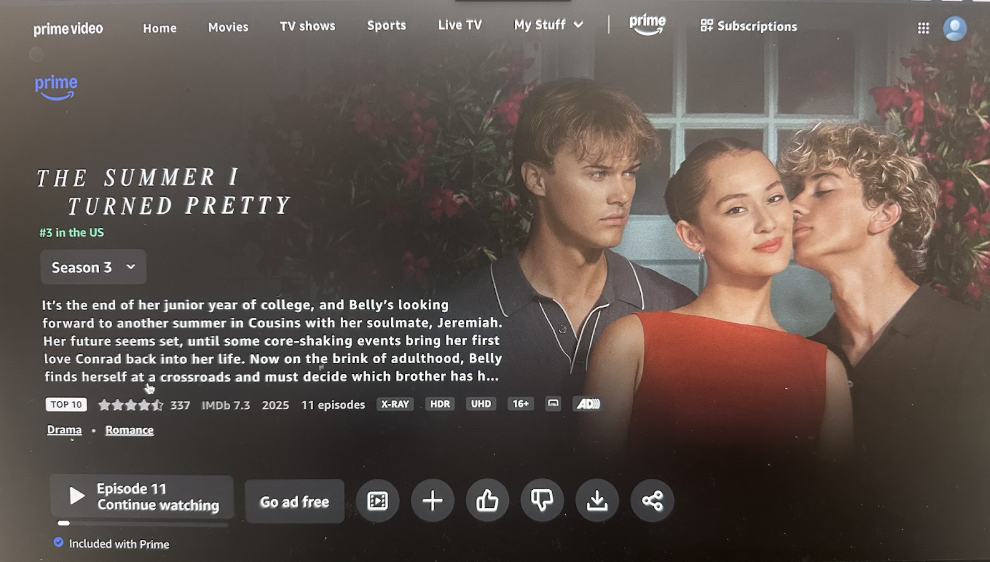











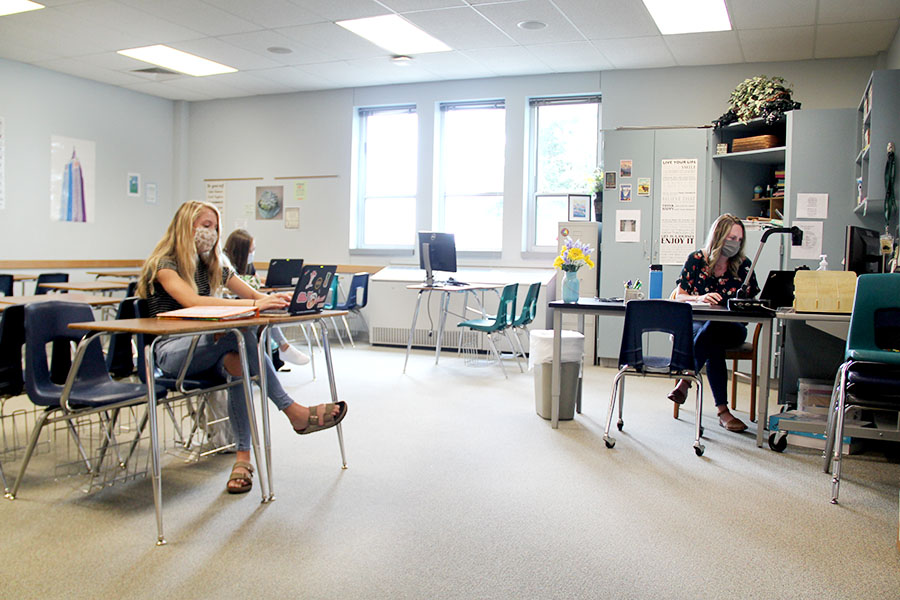
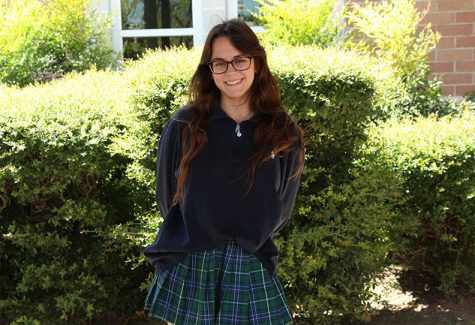
![Holding a microphone, baseball booster club president Chris Cuevas announces the beginning of the annual cornhole tournament. The event has been held for the past two years and is designed to raise money for the baseball program in a fun way. “We’re a baseball team, so people love to compete,” Cuevas said. “So we figured we better do something that gets [their] attention. They want to compete. It’s not a hard sport to do, and we have all different [skill] levels [of participants].” Photo by Henry Mueller](https://cphswolfpack.com/wp-content/uploads/2025/11/Henry-715-1200x900.jpg)
